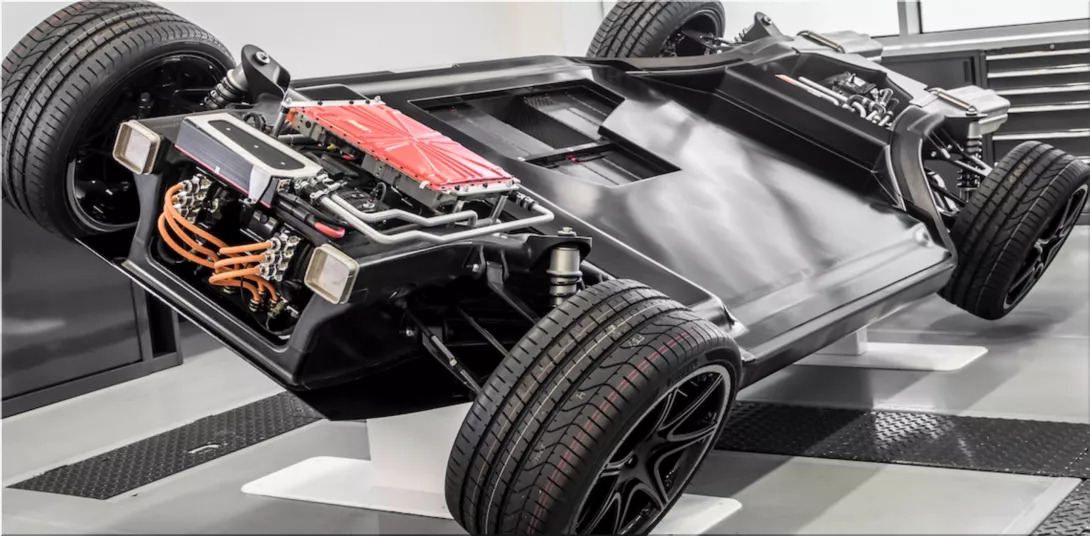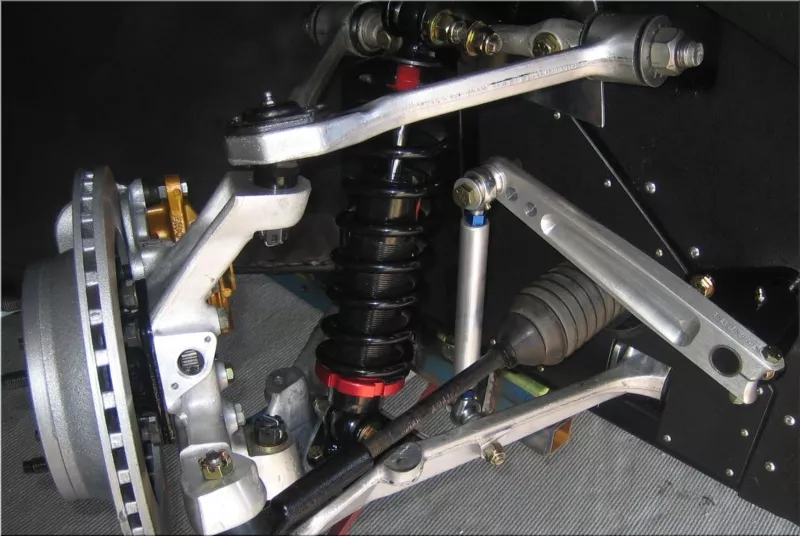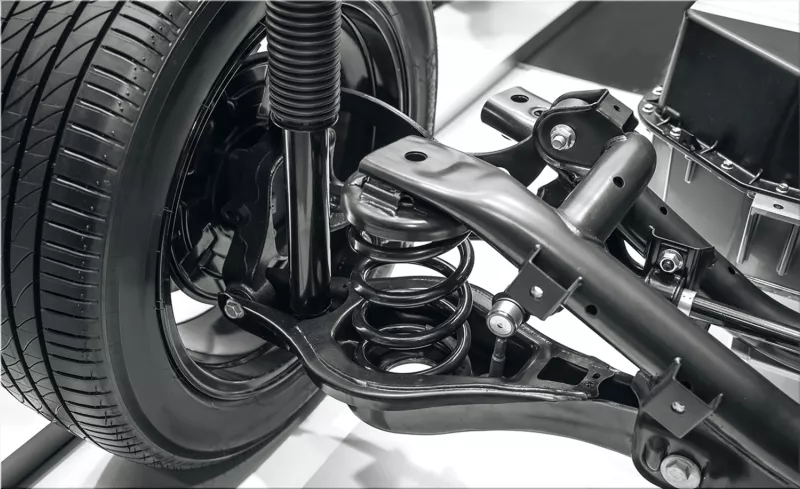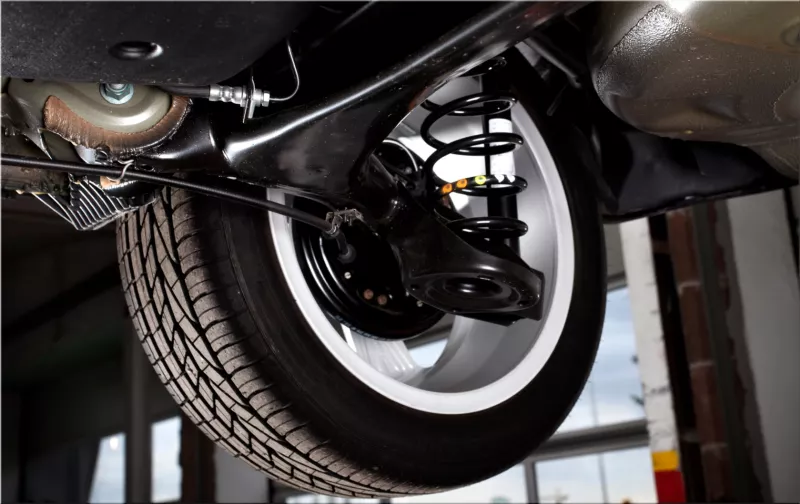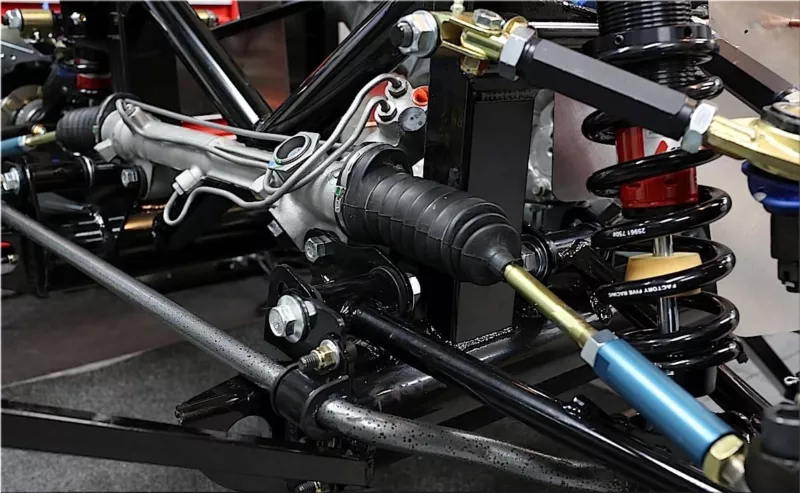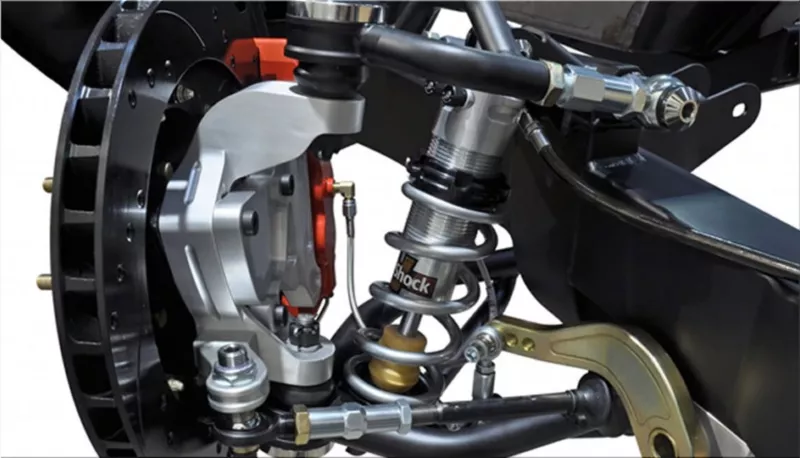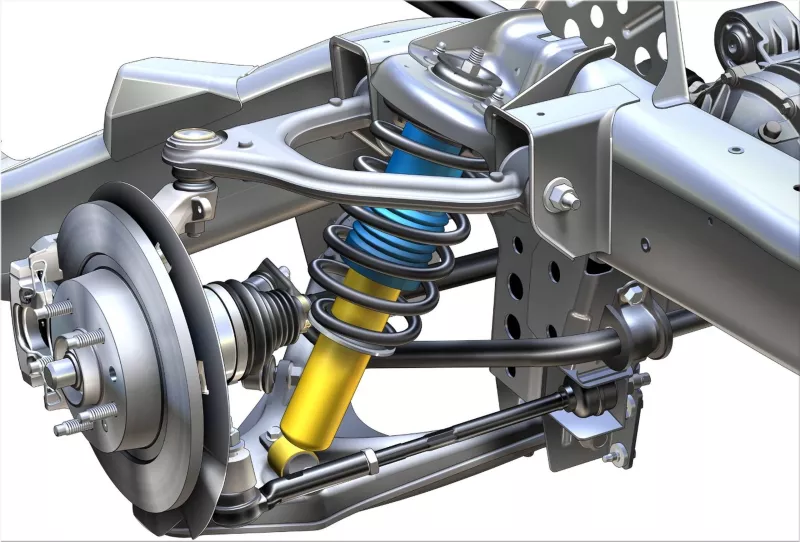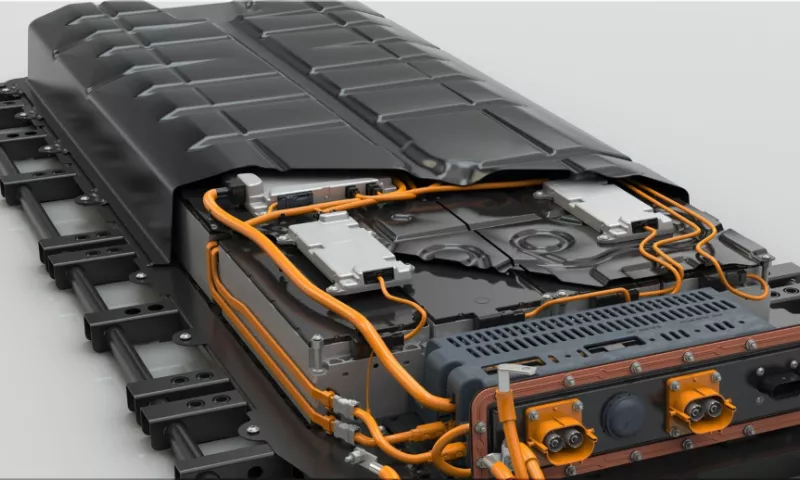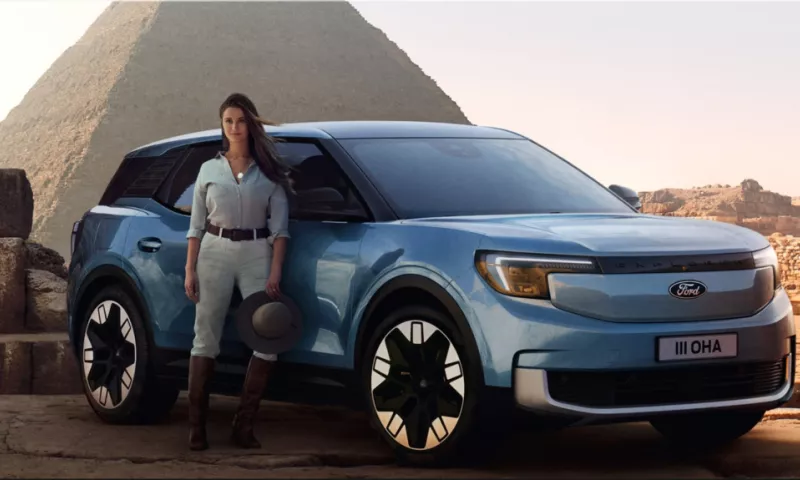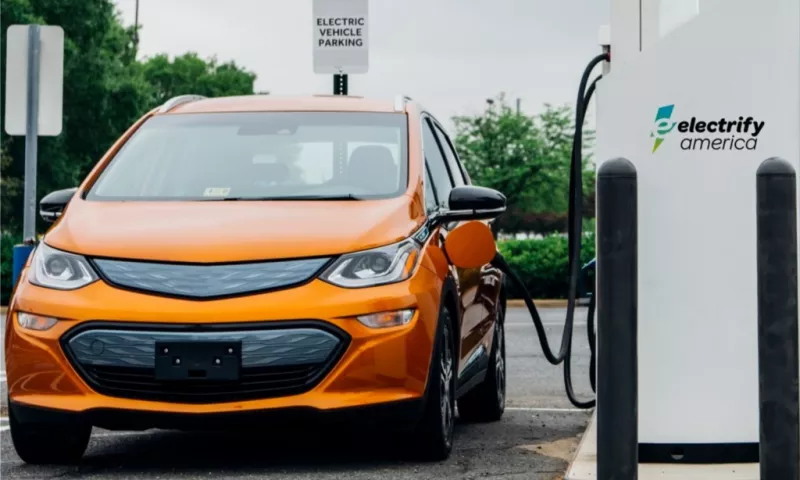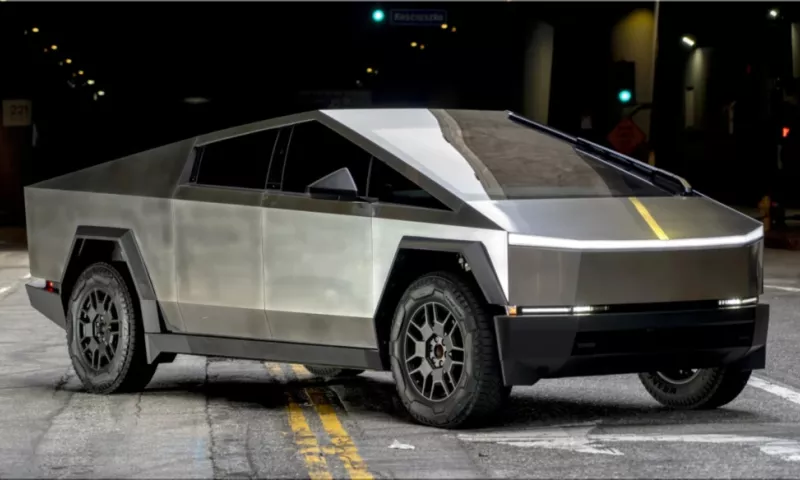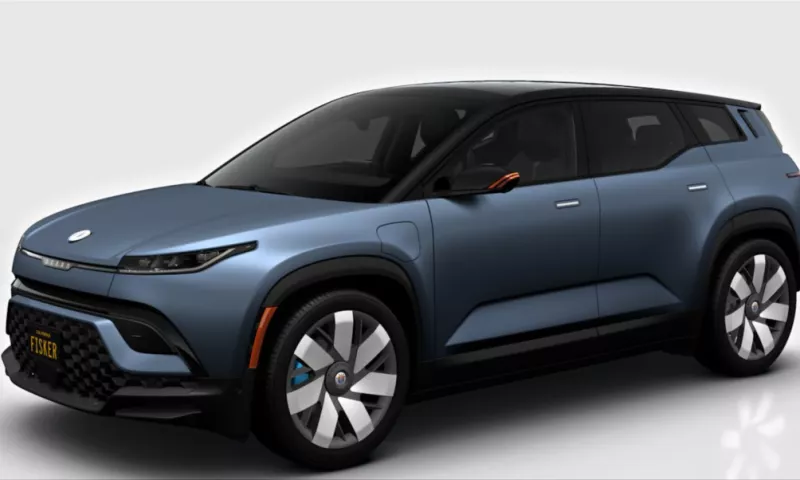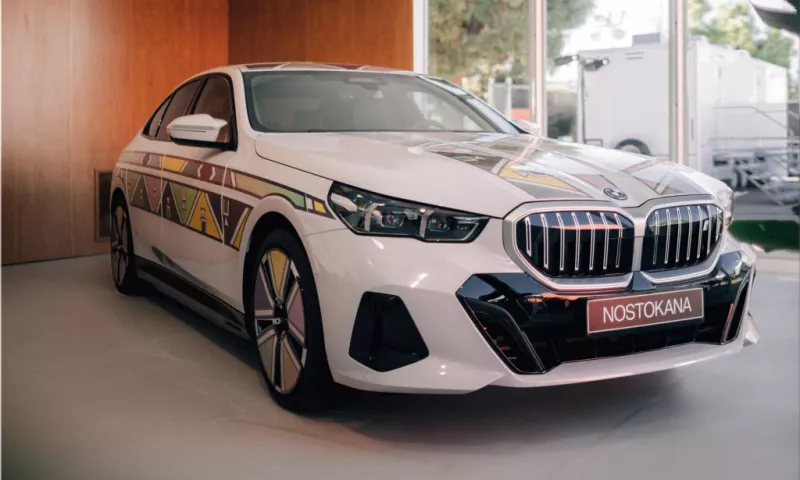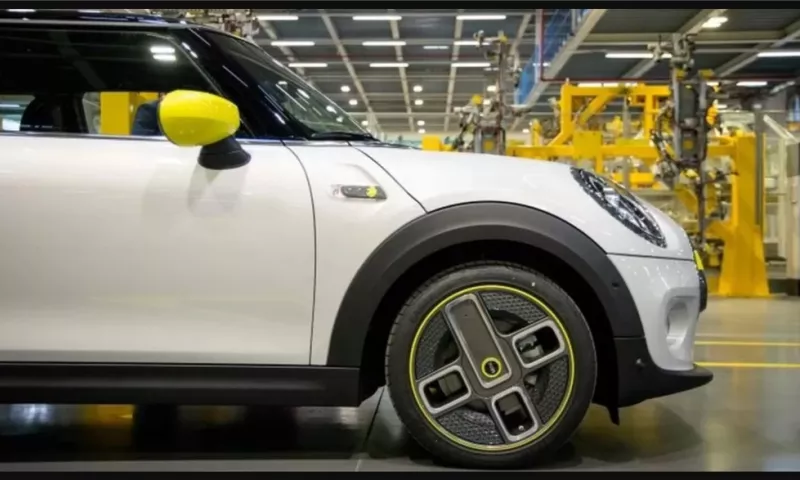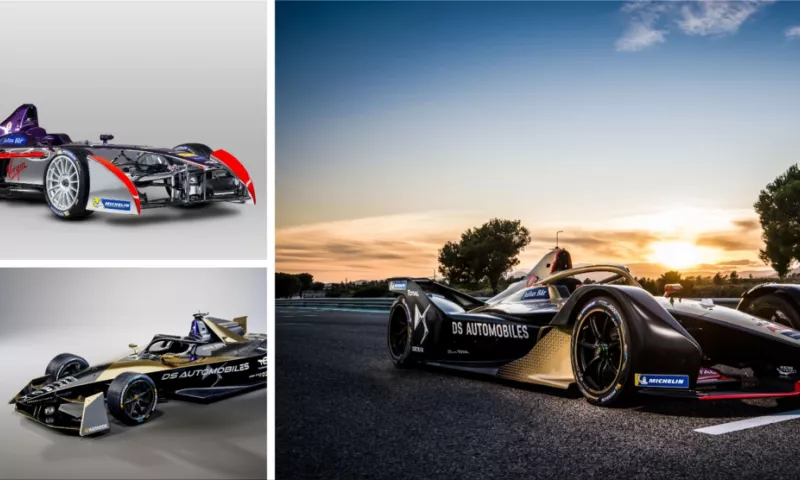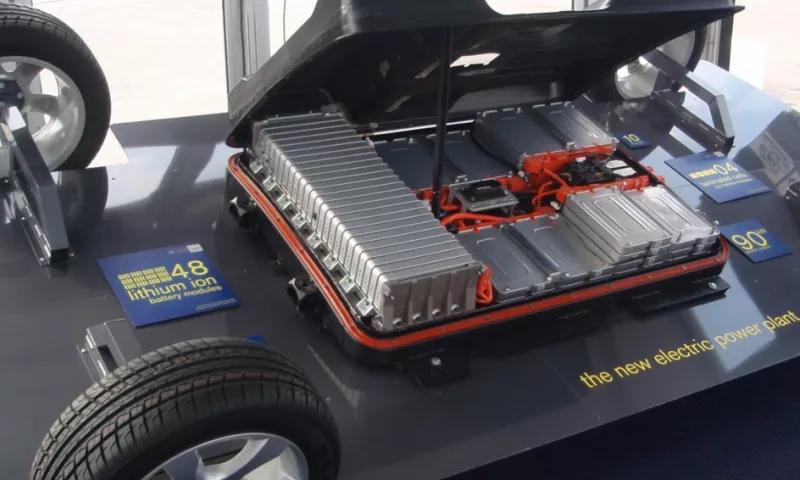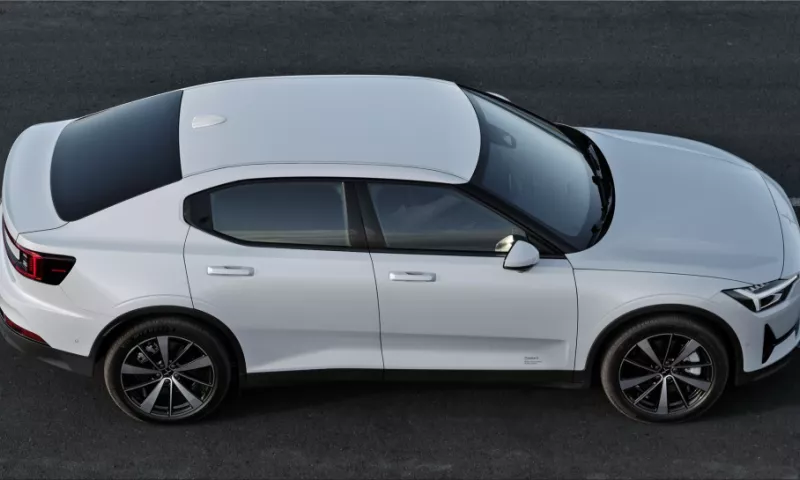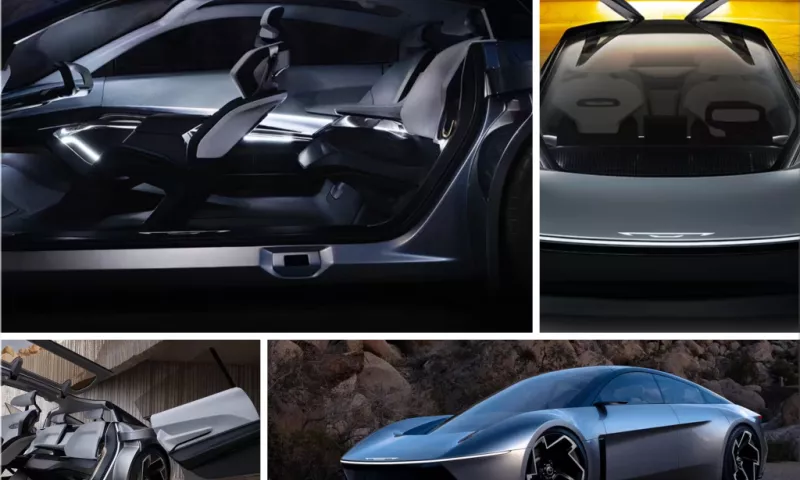Electric vehicles (EVs) are becoming more popular than ever, thanks to their environmental benefits, lower maintenance costs, and tax incentives. However, one aspect of EVs that often gets overlooked is their suspension system.
Suspension is the part of the vehicle that connects the wheels to the body and absorbs the shocks and vibrations from the road. A good suspension system can improve a vehicle's ride quality, handling, stability, and safety.
But what makes EV suspension different from conventional suspension? And why is it a game-changer for the future of mobility? In this article, we will explore the unique features and advantages of EV suspension and how it can enhance the comfort and performance of electric vehicles.
EV Suspension: What Makes It Different?
The main difference between EVs and conventional suspensions is that EVs have a different weight distribution and center of gravity.
EVs are heavier than conventional vehicles because of their battery packs, usually located under the floor or in the rear of the vehicle. This means that EVs have more weight on the rear axle and lower to the ground.
This affects the suspension design and tuning, as it requires more stiffness and damping to support the extra weight and prevent body roll. It also means that EVs have less unsprung mass, which is the weight of the components that are not supported by the suspension, such as the wheels, brakes, and axles.
Unsprung mass affects the responsiveness and agility of a vehicle, as it influences how quickly the suspension can react to road irregularities. The lower the unsprung mass, the better the ride quality and handling.
Another difference between EV suspension and conventional suspension is that EVs have more space and flexibility to incorporate advanced suspension technologies. Since EVs do not have an internal combustion engine or a transmission system, they can use this extra space to install innovative suspension components that can improve their efficiency and performance.

